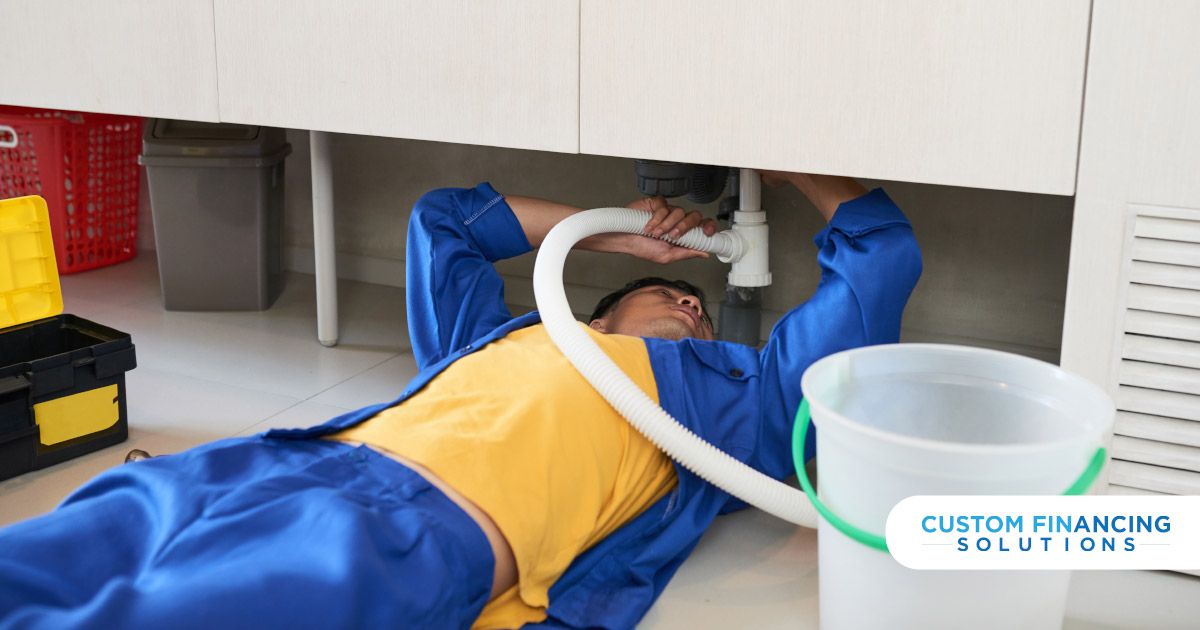Every house has an intricate system of pipes, laid out to look after the plumbing. This facilitates the movement of water throughout the house.
Pipes are susceptible to corrosion, wear, and tear. These cause the pipe to either leak a small amount of water or break completely.
How to understand the problem? If the pipe is malfunctioning, then how do you fix it? Today we will put all these questions to bed.

Pin-Pointing The Problem
The first step is investigating the problem to understand the severity of it. Open taps/faucets and check the water pressure. If the pressure appears to be dwindling, it is because water is leaking somewhere between the source and the outlet.
After this, inspect the house for dampness. The piping inside the wall will leak water, causing the surrounding area to become moist. The affected area and the amount of dampness can give you an idea of how big the leak is and how much time it has been there.
Now that you know the problem, here’s how to
Repair The Pipe
Shutting The Supply
The pipe will be removed temporarily, causing an overflow of water. We shut off the supply to avoid that. Find the nearest shut-off valve to switch off the water supply to the affected pipe. If there are no shut-off valves, shut down the supply at the source.
Access Point
The affected pipe will most likely be inside a wall. You need to make a route to access the pipe. You can cut the damaged drywall open using a handsaw. You could also use a power tool. Be precise and do not harm the piping behind the wall.
Cut The Damaged Area
Look closely and you will see the affected part still dripping water. Find the exact area of the pipe that is damaged. You can find out minor cuts by drying the pipe and then using paper over the affected area. Dry the pipe for best working.
Cut the pipe using the right cutter. You can cut copper pipes with a standard tubing cutter, whereas a hacksaw can work on both steel and PVC pipes. Make precise square incisions, leaving approximately one and a half inches from the affected part.
Clean & Prepare The Pipe
After you cut the pipe, use a torch to check for any internal damage to the remaining piece. If you find any trace of rusting inside the pipe, treat it with a chemical pipe cleaner or a rust remover solution.
Thoroughly rinse the pipe with water later to flush out any residue.
Install New Section
We use a repair coupling for this. Fix the ends of the repair coupling to the exposed pipes. If you have trouble fixing it, use sandpaper to smoothen out the ends and about half an inch of the pipe.
Turn the water on and look for leaks. Tighten the ends of the coupling if water still leaks from there.
If plumbing problems aren’t looked after in time, they cause fungal growth, weakening of walls, and even the foundation. Now that you know how to handle broken pipes, here’s a guide to eliminating other critical problems of a house.
Our blogs at CustomFin aim to expand your knowledge. We also offer your customers easy payment options so that you can close more deals successfully.
Get started now and grow your business.









